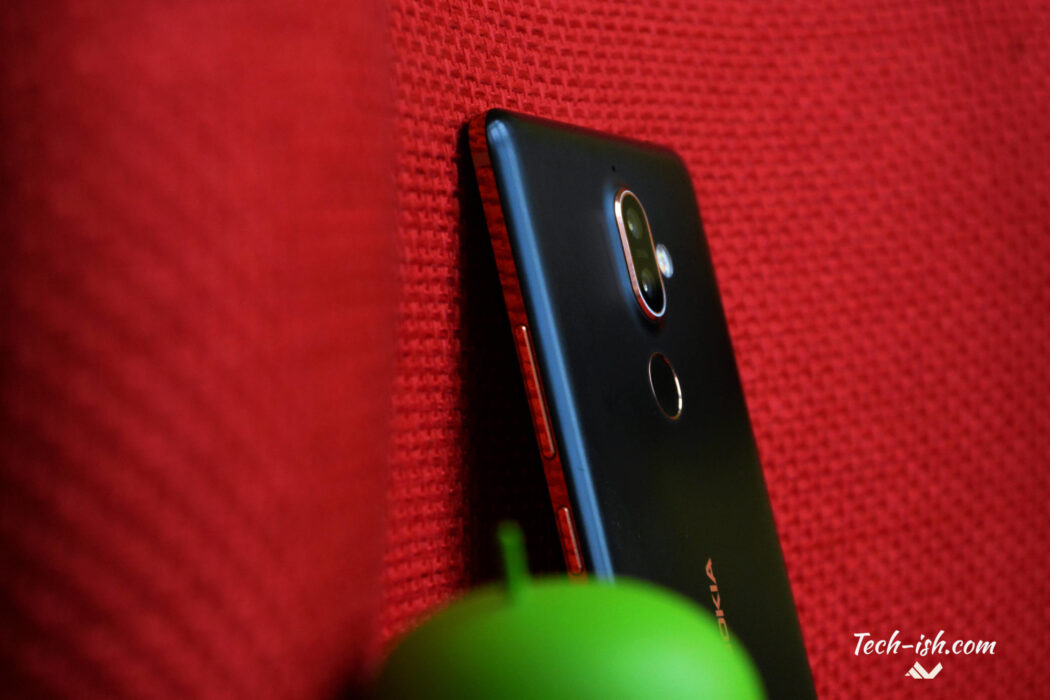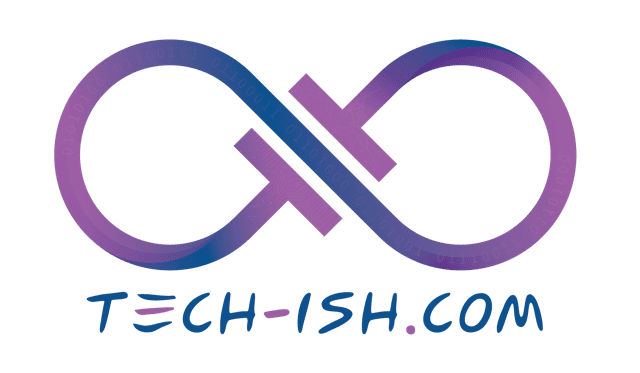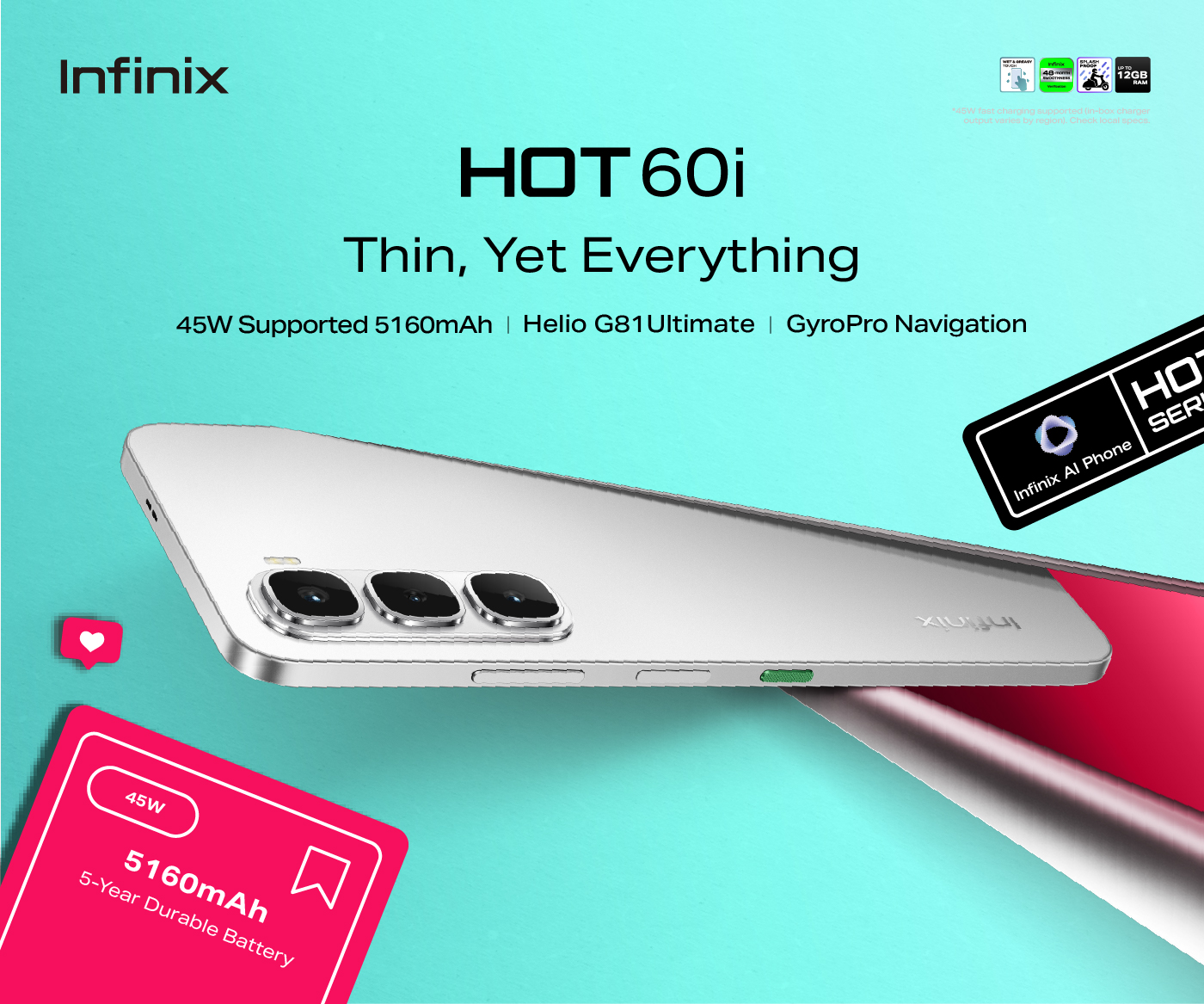
Since the “rebirth” of Nokia through HMD Global, the company’s approach has been to appeal to the masses by promising 2 or 3 years of software and security updates, and committing to this by having their devices run untouched Android without any customisations or bloatware.
HMD’s approach has been simple: good hardware plus clean and updated software will ensure users get to keep their devices for longer, and extract the full value from them over a couple of years before hopefully passing the devices on. And we’ve seen them stick to this by ensuring all their devices are updated whenever there’s a new security patch, or a new version of Android.
In the past, there was a huge issue with Android manufacturers not updating their devices. This led to the infamous “Android Fragmentation” discussions. We would see a new version of Android launching yet taking forever before a significant number of users adopted it. This was because very few companies would send out updates to the existing phones. Instead, to get the new version of Android, one would need to buy a whole new device, which would later on also take forever to receive the next version of Android.
Fragmentation means Google has to keep supporting all existing versions of Android, send out updates and ensure developers can continue making apps that will work across all these devices. And that’s hard work.
The fragmentation problem is still there, but things have changed significantly nowadays. Google has over the years fought the problem by shifting certain updates to the Play Store, requiring use of newer APIs, launching the Android One Program, and making system updates easier to roll out. That’s why nowadays many more users get updates faster than before. And perhaps why after a couple of years, the Android One program is slowly dying.
In the last year, we’ve seen companies like OPPO and Samsung being very dedicated to system and security updates. Samsung – who were previously notoriously bad with Android Updates – has even gone ahead to commit to 3 to 4-year system updates for both its high-end NOTE and S-Series, but also to its affordable Galaxy A-series.
Samsung devices will now receive security updates for 4 years. The policy cuts across all Samsung smartphones launched since 2019. And that’s not all, some devices from 2020 and 2021 will be receiving 2 or 3 years of System Upgrades to newer versions of Android. This is even better support than Google offers with its Pixel line of smartphones.
So what will be Nokia’s selling point going forward? Because they’ve never been in the specs game, and that’s why many of their “affordable” devices never feel like good deals.
Samsung’s OneUI is really great. There’s little to no bloatware. There’s assured updates, great specs, and great support with stuff like Samsung CARE+ which has now extended to more models. For many users, they will be a better option to consider compared to Nokia devices who are still only selling the promise of updates.
And not just Nokia. What of Transsion with Infinix and TECNO who have the worst user interfaces currently, and who can never be relied upon in terms of software updates? Will they be able to convince more users in the coming years to stick to their devices over better experiences and more assured support?


